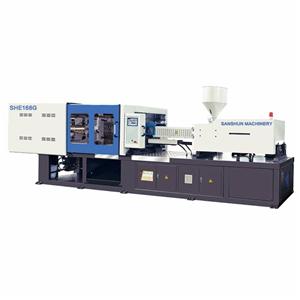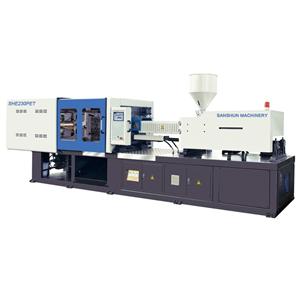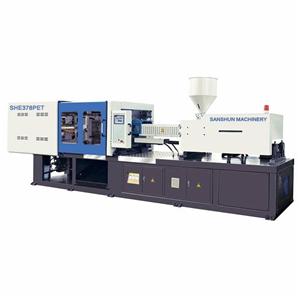- Home
- >
- News & Resources
- >
- Our Blog
- >
- How to quickly clean the mold scale on the injection mold?
Mold formation
Mold scale occurs in almost all thermoplastics during injection molding. When the functional requirements of the final product must be mixed with related additives (such as modifiers, fire retardants, etc.), these additives are likely to remain on the surface of the mold cavity during the molding process, resulting in the formation of mold scale.
There are other reasons for the formation of mold scale, the most common reasons are as follows:
Thermal decomposition products of raw materials;
During injection molding, the melt flow extreme shear force;
Improper exhaust;
The mold scale caused by the above is often a combination of different factors, and it is very troublesome to find out what causes these mold scales and how to prevent them, and mold scales will not form until a few days later.
Type of mold
Various additives produce a specific type of mold scale. Fire retardants react at high temperatures, forming products that decompose and may produce mold deposits. Under the influence of excessive high temperature or extreme shear force, the impact resistance agent will separate from the polymer and remain on the cavity surface to form mold scale.
The pigments in thermoplastic engineering plastics melt at high temperatures, which will reduce the thermal stability of the molding materials, resulting in the combination of degraded polymers and decomposed pigments to form mold scale.
Especially hot parts on the mold (such as mold cores), modifiers/stabilizers and, other additives may adhere to their surfaces and cause mold fouling. In this case, measures must be taken to achieve better mold temperature control or the use of special stabilizers.
Countermeasures against sudden mold fouling
If mold fouling occurs suddenly, it may be due to changes in molding conditions, or because of different batches of molding materials. The following suggestions can help improve mold fouling.
First, measure the temperature of the melt and visually check whether the melt has decomposition phenomena (such as burnt particles). At the same time, check whether the molding materials are contaminated by foreign substances and whether the same cleaning materials are used. Check the exhaust condition of the mold.
Once again, check the operating machine: use dye-colored molding materials (except black), turn off the injection molding machine after about 20 minutes, remove the nozzles and connecting seats, and if possible remove them together with the screw, check the raw materials for scorched particles, carry out the raw materials Color comparison, quickly find the source of mold scale.
In many cases, surprising causes of mold defects were found. This technology is most suitable for smaller injection molding machines with a maximum screw diameter of 40mm. The elimination of mold scale also allows the quality of the parts to be clearly improved when molding other raw materials. The above countermeasures are also applicable to the molding of hot runner systems.
Mold fouling leads to defects in the appearance of injection molded parts, especially those with surface etched lines, which can be repaired by sandblasting machine.
If mold fouling occurs suddenly, it may be due to changes in molding conditions, or because of different batches of molding materials. The following suggestions can help improve mold fouling.
Mold maintenance
When all the above measures cannot be used to eliminate mold scale, mold maintenance and maintenance must be strengthened.
The mold scale on the surface of the mold is relatively easy to remove at the initial stage, so the mold cavity and the exhaust channel must be cleaned and maintained regularly (for example after each batch of molding production). If the mold is not maintained and maintained for a long time, it is very difficult and time-consuming to remove the mold after forming a thick layer of mold scale.
The main sprays used for injection mold maintenance and maintenance are mold release agent, rust inhibitor, thimble oil, glue stain remover, mold cleaning agent, etc.
The chemical composition of mold scale is very complex and must be removed using new methods, such as general solvents and various special solvents, oven sprays, caffeinated lemonade, etc. Another peculiar way is to use a clean model rail rubber.
Recommendations for preventing mold fouling
When using hot runner molding and heat-sensitive raw materials, the residence time of the melt will become longer, thereby increasing the risk of decomposition of raw materials to form mold scale.
When forming shear-sensitive materials, large-sized runners and gates are used. Multi-point gates can reduce the flow distance, low injection speed, and reduce the risk of mold fouling.
Efficient mold venting can reduce the possibility of mold fouling, and proper mold venting should be set during the mold design stage. Automatically removing the exhaust system, or the exhaust method that can easily remove mold scale is the best choice. The improvement of the exhaust system often leads to the reduction of mold scale on the mold.
The surface of the mold cavity is covered with a special non-stick coating to prevent the formation of mold scale, and a test should be conducted to evaluate the effect of the coating. Titanium nitride treatment on the inner surface of the mold can avoid the formation of mold scale on the mold.







